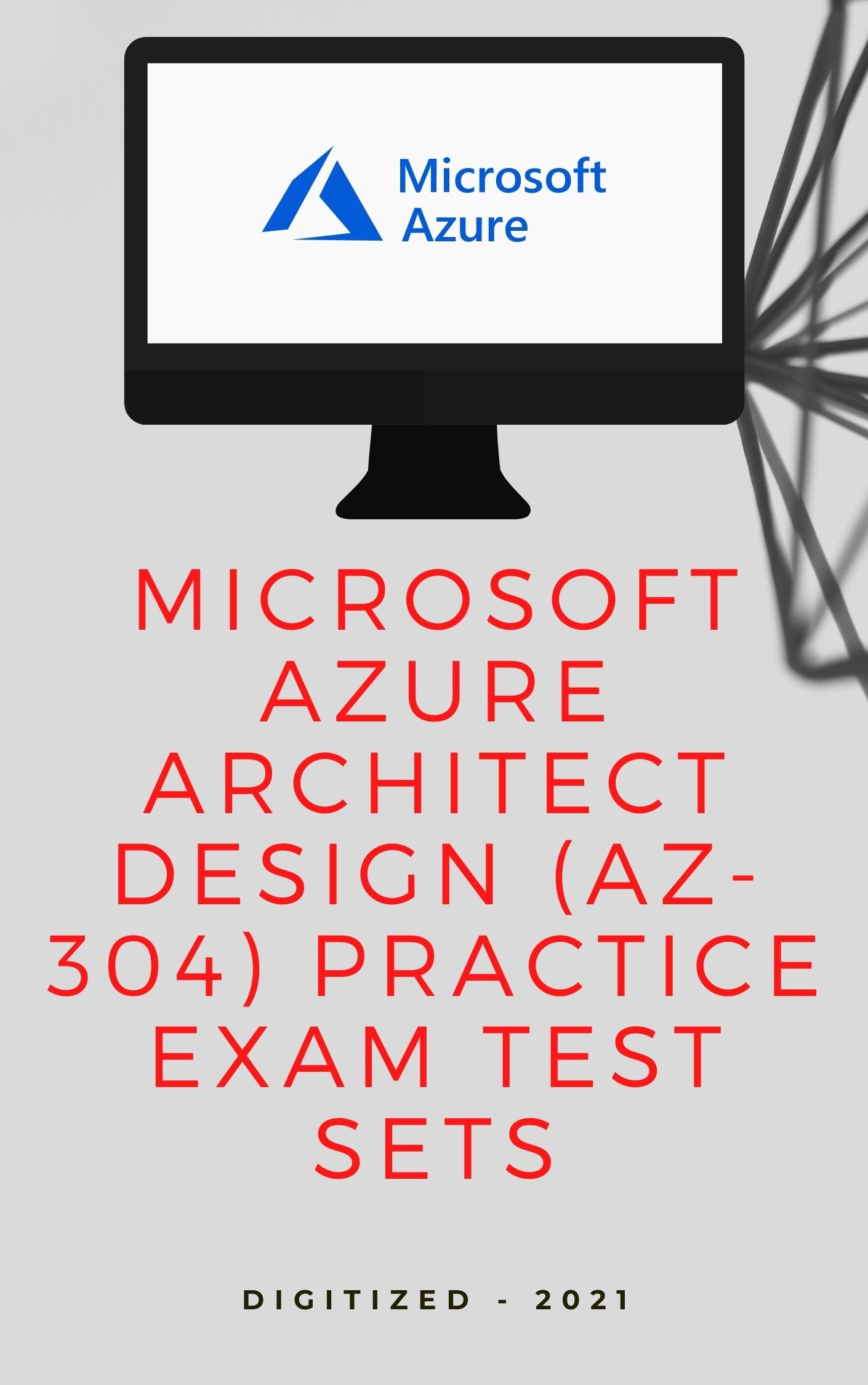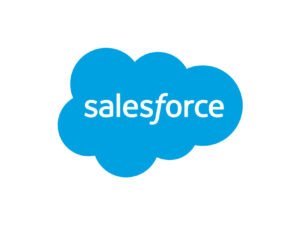The Microsoft Azure Architect Design (AZ-304) Exam covers the following topics –
1. Design Monitoring (10-15%)
1.1 Design for cost optimization
- recommend a solution for cost management and cost reporting
- recommend solutions to minimize costs
1.2 Design a solution for logging and monitoring
- determine levels and storage locations for logs
- plan for integration with monitoring tools including Azure Monitor and Azure Sentinel
- recommend appropriate monitoring tool(s) for a solution choose a mechanism for event routing and escalation
- recommend a logging solution for compliance requirements
2. Design Identity and Security (25-30%)
2.1 Design authentication
- recommend a solution for single-sign-on
- recommend a solution for authentication
- recommend a solution for Conditional Access, including multi-factor authentication
- recommend a solution for network access authentication
- recommend a solution for a hybrid identity including Azure AD Connect and Azure AD
2.2 Connect Health
- recommend a solution for user self-service
- recommend and implement a solution for B2B integration
- NOT: federation with ADFS or PingFederate
2.3 Design authorization
- choose an authorization approach
- recommend a hierarchical structure that includes management groups, subscriptions and resource groups
- recommend an access management solution including RBAC policies, access reviews, role assignments, Privileged Identity Management (PIM), Azure AD Identity Protection, Just In Time (JIT) access
2.4 Design governance
- recommend a strategy for tagging
- recommend a solution for using Azure Policy
- recommend a solution for using Azure Blueprint
- recommend a solution that leverages Azure Resource Graph
2.5 Design security for applications
- recommend a solution that includes KeyVault
- What can be stored in KeyVault
- KeyVault operations
- KeyVault regions
- recommend a solution that includes Managed Identities
- recommend a solution for integrating applications into Azure AD
3. Design Data Storage (15-20%)
3.1 Design a solution for databases
- select an appropriate data platform based on requirements
- recommend database service tier sizing
- recommend a solution for database scalability
- recommend a solution for encrypting data at rest, data in transmission, and data in use
3.2 Design data integration
- recommend a data flow to meet business requirements
- recommend a solution for data integration, including Azure Data Factory, Azure Data Bricks, Azure Data Lake, Azure Synapse Analytics
3.3 Select an appropriate storage account
- choose between storage tiers
- recommend a storage access solution
- recommend storage management tools
4. Design Business Continuity (10-15%)
4.1 Design a solution for backup and recovery
- recommend a recovery solution for Azure hybrid and on-premises workloads that meets recovery objectives (RTO, RLO, RPO)
- design and Azure Site Recovery solution
- recommend a site recovery replication policy
- recommend a solution for site recovery capacity
- recommend a solution for site failover and failback (planned/unplanned)
- recommend a solution for the site recovery network
- recommend a solution for recovery in different regions
- recommend a solution for geo-redundancy of workloads
- recommend a solution for Azure Backup management
- design a solution for data archiving and retention
- recommend storage types and methodology for data archiving
- identify business compliance requirements for data archiving
- identify requirements for data archiving
- identify SLA(s) for data archiving
- recommend a data retention policy
4.2 Design for high availability
- recommend a solution for application and workload redundancy, including compute,
- database, and storage
- recommend a solution for autoscaling
- identify resources that require high availability
- identify storage types for high availability
5. Design Infrastructure (25-30%)
5.1 Design a compute solution
- recommend a solution for compute provisioning
- determine appropriate compute technologies, including virtual machines, App Services, Service Fabric, Azure Functions, Windows Virtual Desktop, Batch, HPC and containers
- recommend a solution for containers
- AKS versus ACI and the configuration of each one
- recommend a solution for automating compute management
5.2 Design a network solution
- recommend a network architecture (hub and spoke, Virtual WAN)
- recommend a solution for network addressing and name resolution
- recommend a solution for network provisioning
- recommend a solution for network security including
- private link
- firewalls
- gateways
- network segmentation (perimeter networks?DMZs/NVAs
- recommend a solution for network connectivity to the Internet, on-premises networks, and other Azure virtual networks
- recommend a solution for automating network management
- recommend a solution for load balancing and traffic routing
5.3 Design an application architecture
- recommend a microservices architecture including Event Grid, Event Hubs, Service Bus, Storage Queues, Logic Apps, Azure Functions, Service Fabric, AKS, Azure App Configuration and webhooks
- recommend an orchestration solution for deployment and maintenance of applications including ARM templates, Azure Automation, Azure Pipelines, Logic Apps, or Azure Functions
- select an automation method
- choose which resources or lifecycle steps will be automated
- design integration with other sources such as an ITSM solution
- recommend a solution for monitoring automation
- recommend a solution for API integration
- design an API gateway strategy
- determine policies for internal and external consumption of APIs
- recommend a hosting structure for API management
- recommend when and how to use API Keys
5.4 Design migrations
- assess and interpret on-premises servers, data, and applications for migration
- recommend a solution for migrating applications and VMs
- recommend a solution for migration of databases
- determine migration scope, including redundant, related, trivial, and outdated data
- recommend a solution for migrating data (Storage Migration Service, Azure Data Box, Azure File Sync-based migration to hybrid file server)






